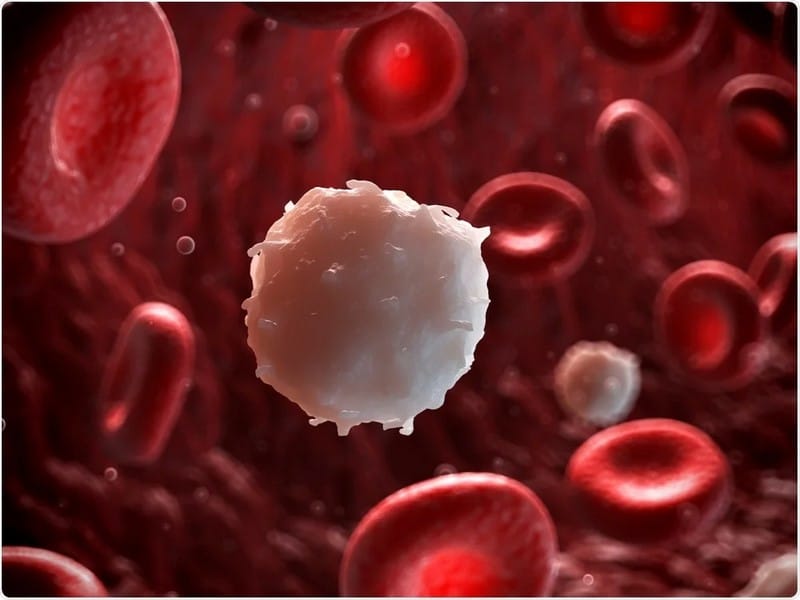Monoclonal and Polyclonal Gammopathy

Monoclonal Gammopathy is a clonal plasma cell disorder in which an identical population of plasma cells produces a monoclonal immunoglobulin (Ig). The two types of Monoclonal Gammopathy are light chain and heavy chain. In light-chain Monoclonal Gammopathy, the monoclonal Ig is composed of one or both light chains of an immunoglobulin molecule. In contrast, in heavy chain MG, the monoclonal Ig is composed of one or more of the heavy chains of an immunoglobulin molecule.
Polyclonal Gammopathy, on the other hand, is a non-clonal increase in plasma cells that typically results in the production of multiple different immunoglobulins. The most common type of Polyclonal Gammopathy is IgM paraproteinemia, characterized by an elevation in IgM levels.
So, what is its connection to the low anion gap? Well, it turns out that both Monoclonal Gammopathy and Polyclonal Gammopathy can cause low anion gap metabolic acidosis (LAGMA). LAGMA is a type of metabolic acidosis that occurs when there is an accumulation of acids in the blood. The most common cause of LAGMA is renal failure, but it can also be caused by certain drugs, such as antifreeze, methanol, ethylene glycol, and salicylates. Other causes include liver disease, diabetic ketoacidosis, and lactic acidosis.










